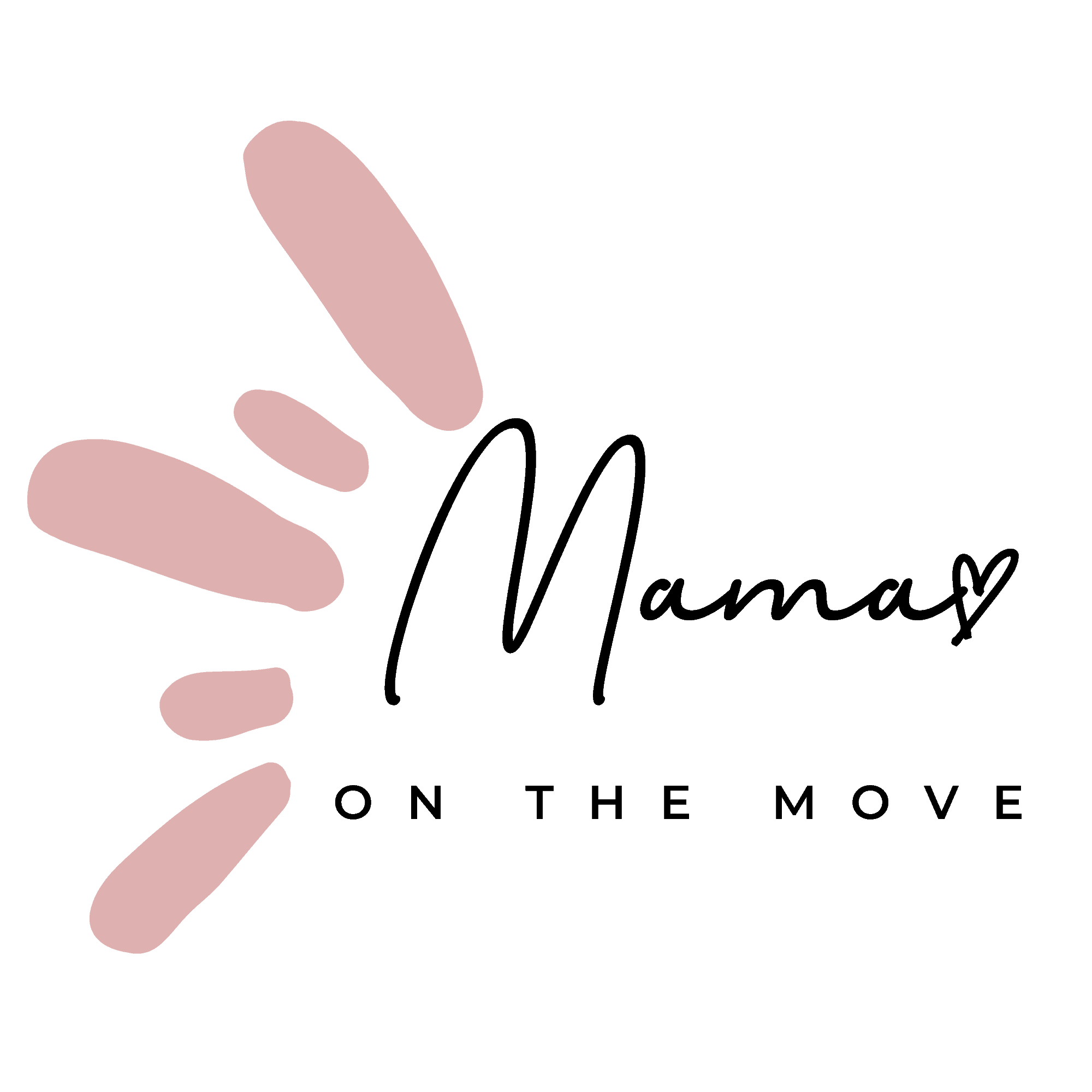
Disclosure: This post may contain affiliate links, meaning I get a commission if you decide to make a purchase through my links, at no cost to you. These links are marked with a *
When I first saw a yellow crust and flakes forming on my daughter’s head, I got really concerned. But I quickly learned that she was affected by one of the most common skin conditions that affects newborns and infants, Cradle Cap.
What is Cradle Cap
Cradle Cap is a form of seborrheic dermatitis. This condition, while not pretty, is not harmful and can be easily treated.
Cradle Cap is a type of skin inflammation that results in thick white or yellow, sometimes dark, scaly, and sometimes greasy patches on the skin. It typically affects the scalp, but can also spread to other parts of the body, including the face, neck, and diaper area. The condition is caused by an overproduction of oil (sebum) in the skin, which leads to the formation of crusty and scaly patches.
What Causes Cradle Cap
While the exact cause of Cradle Cap is unknown, it is believed to be related to hormonal changes that occur in the mother during pregnancy. Hormonal changes can disrupt the natural balance of bacteria and yeast on the skin, leading to an overgrowth of yeast. This overgrowth can then cause inflammation and the formation of crusty patches.
Cradle Cap is a common condition and affects up to 50% of all newborns. It is typically seen in infants between 2-6 months of age and resolves on its own by the time the baby is a year old. However, in some cases, the condition may persist into early childhood.
This was the case for our daughter, who still had scales on her head beyond her first birthday.
Symptoms of Cradle Cap
The most common symptoms of Cradle Cap include:
- Scaly and crusty patches on the scalp
- Greasy or oily skin
- Redness and inflammation of the affected area
- Flaking or scaling of the skin
- Itching and discomfort
In severe cases, the crusty patches can become thick and yellow, and may become infected. If your baby is showing signs of infection, such as fever or increased redness and swelling, it is important to seek medical advice from a pediatrician.
How to Treat Cradle Cap
Often, Cradle Cap resolves on its own and disappears from your baby’s head without any treatment.
However, there are some remedies for Cradle Cap you can try at home to speed along the process. Please note that you should always consult with your pediatrician before trying any at-home remedies to resolving a medical condition.
Our pediatrician gave us the green light to try the following remedies at home to help our daughter get rid of her Cradle Cap:
Brush the Affected Area
Before shampooing, use a soft brush or comb to gently loosen the scales on your baby’s scalp. This will make it easier to remove the crust when washing the hair. Be gentle and avoid pulling on the hair or causing any discomfort to your baby. Also be mindful of the baby’s fontanelle and make sure to not put too much pressure on it.
We like using one of these brushes*.
Wash Your Baby’s Hair with Shampoo
Choose a gentle, non-irritating shampoo that is specifically designed for babies. Look for shampoos that are free of harsh chemicals and fragrances, as these can further irritate your baby’s delicate skin.
Prior to washing your baby’s hair, you can also use baby oil or coconut oil to soften the scales. This makes them easier to remove. Simply massage a small amount of oil into your baby’s scalp and let it sit for 15-20 minutes before washing the hair.
When washing out the shampoo, you can also use the brush to help remove the scales.
There are also specific shampoos for Cradle Cap, such as this one by FridaBaby*. We haven’t seen a significant difference in success using this shampoo vs. a combination of coconut oil and a regular mild baby shampoo, but the reviews do suggest it works well for some parents and might be worth a try.
Avoid Harsh Chemicals
Stay away from shampoos and creams that contain harsh chemicals and fragrances, as these can further irritate your baby’s delicate skin. Avoid using any products that contain alcohol, as this can dry out the skin and make the condition worse.
Moisturize Your Baby’s Scalp
After washing, apply a light moisturizer to your baby’s scalp to help prevent the scales from reforming. Look for a moisturizer that is specifically designed for babies and contains natural ingredients. This will help prevent the scales from reforming on your baby’s scalp.
Keep the Scalp Clean and Dry
Regular shampooing and proper hair care will help keep your baby’s scalp clean and dry. This helps reduce the risk of Cradle Cap reforming again.
Consult With a Pediatrician
As mentioned above, you should always consult with your pediatrician first in regards of the treatment for Cradle Cap. Also, if the Cradle Cap persists and the remedies are not working or if it spreads beyond the scalp, you might also need to seek medical advice from your pediatrician to determine an effective treatment.
Conclusion
While it’s not pretty, Cradle Cap is a common and harmless condition that affects many babies. With the right care and attention, it can be easily treated and prevented. By following these simple tips, you can help keep your baby’s scalp get healthy and free of Cradle Cap.
